
AeroGenie: Su copiloto inteligente.
Tendencias
Categories
The Aviation Industry Has a Major Supply Chain Problem. Here's How Investors Can Still Win.
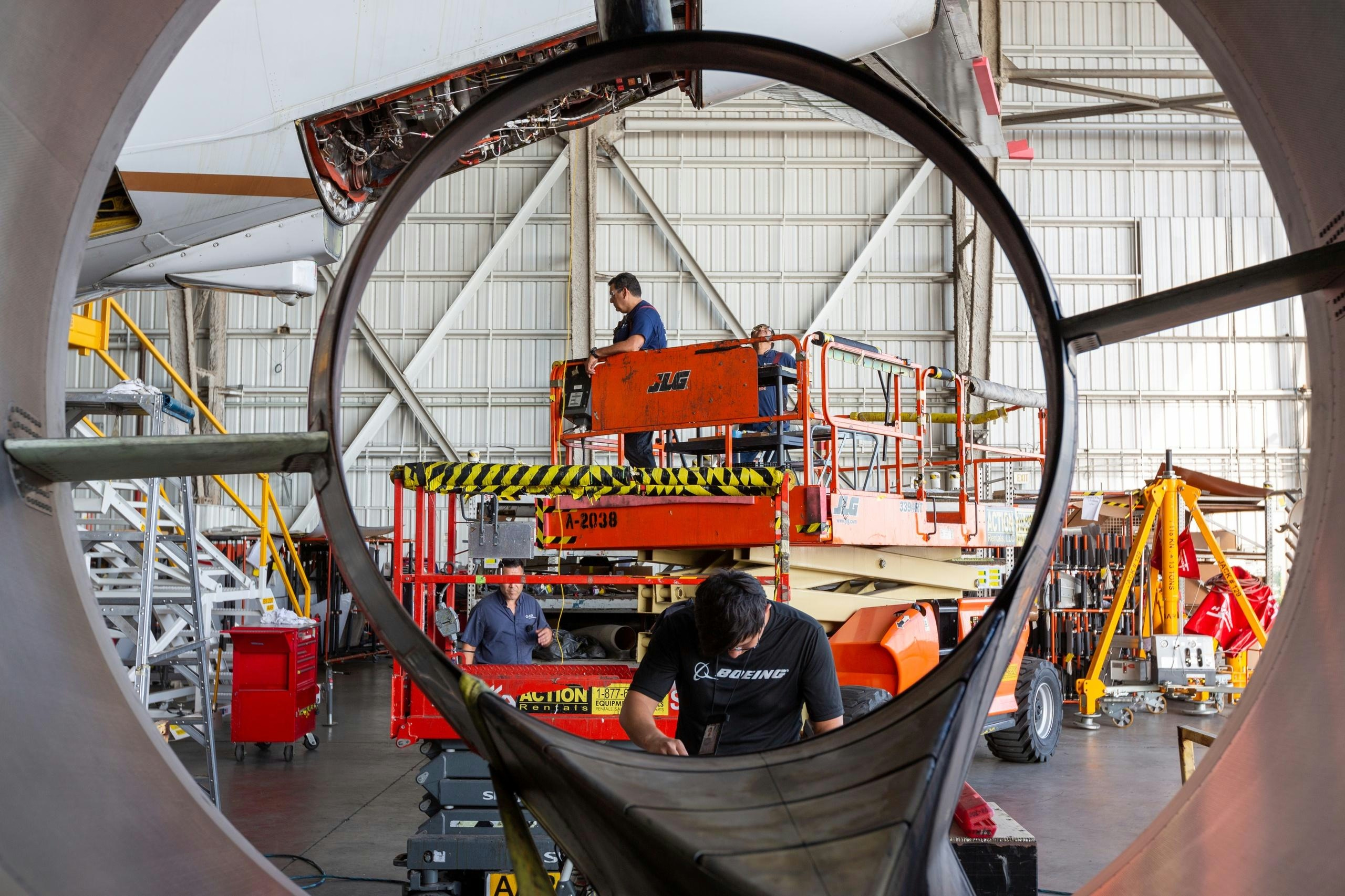
The Aviation Industry Faces a Severe Supply Chain Crisis Amid Rising Demand
The aviation sector is currently confronting a significant supply chain disruption, even as demand for commercial air travel experiences a robust recovery. Passenger numbers surged by 10.4% last year and are expected to grow at an annual rate of 4.2% through 2030. Despite this strong rebound, airlines are struggling to meet demand due to a shortage of aircraft and essential components.
This supply chain crunch has its origins in the COVID-19 pandemic, which severely disrupted global manufacturing and logistics networks for aircraft and engine producers. The situation has been exacerbated by shortages of skilled labor and critical materials, including semiconductors. Consequently, the global backlog for commercial aircraft orders has reached an unprecedented level, exceeding 17,000 planes in 2024.
The shortage of new aircraft is compelling airlines to extend the operational life of older, less fuel-efficient planes, resulting in increased maintenance and leasing expenses. A joint report by the International Air Transport Association (IATA) and consulting firm Oliver Wyman estimates that these supply chain challenges could impose costs exceeding $11 billion on airlines in 2025 alone.
Investment Opportunities Amid Industry Challenges
Despite these difficulties, certain segments within the aviation industry are positioned to benefit from the current supply-demand imbalance. Companies involved in aircraft leasing, maintenance and repair services, as well as manufacturers of planes, engines, and parts, are experiencing increased demand as airlines seek to maintain and expand their fleets under constrained conditions.
For investors aiming to capitalize on these trends, the iShares US Aerospace & Defense ETF (NYSEMKT: ITA) presents a diversified investment vehicle. Tracking the Dow Jones U.S. Select Aerospace & Defense Index, the ETF has delivered a remarkable 48% return in 2025, significantly outperforming the S&P 500. Its portfolio includes major aerospace and defense corporations such as GE Aerospace, RTX, Boeing, Lockheed Martin, L3Harris Technologies, and General Dynamics, encompassing a total of 39 stocks.
With assets under management totaling approximately $12.2 billion, an annual expense ratio of 0.38%, and strong liquidity—averaging 664,000 shares traded daily with a median bid-ask spread of 0.05%—ITA offers investors accessible exposure to the aerospace sector’s ongoing dynamics.
Emerging Global Developments and Competitive Pressures
The aviation supply chain is also undergoing transformation due to emerging global initiatives and shifting competitive landscapes. Tanzania has initiated a $420 million synthetic fuel project aimed at challenging Nigeria’s Dangote Group and reshaping the jet fuel market in Africa. Simultaneously, India’s Hindustan Aeronautics Ltd (HAL) has entered into a partnership with Russia’s United Aircraft Corporation to produce Sukhoi Superjet-100 aircraft, introducing new competition for established manufacturers such as Boeing and Airbus.
While these developments may eventually alleviate some supply constraints or alter competitive dynamics, the immediate environment remains difficult for airlines. Nonetheless, investors positioned in key aerospace segments are likely to benefit from the ongoing turbulence as the industry navigates its supply chain challenges.
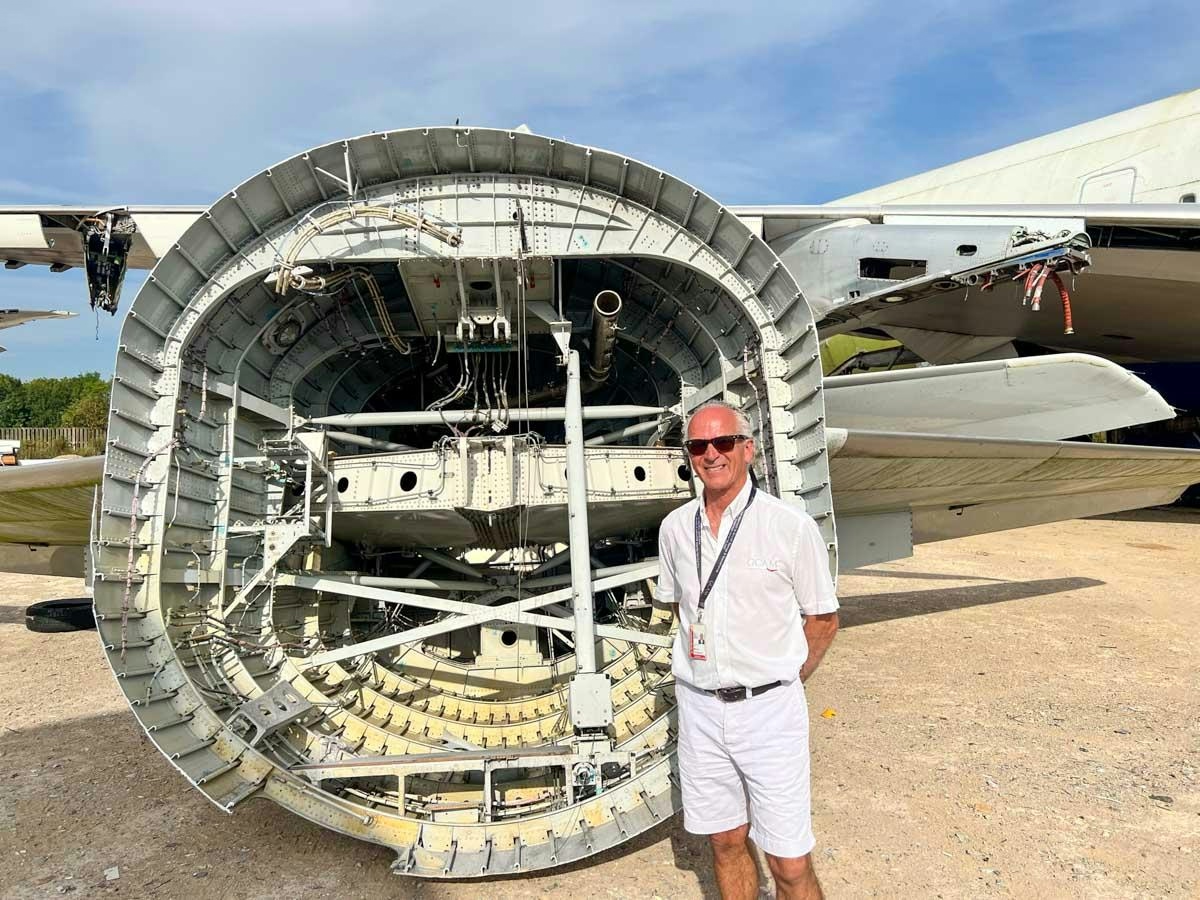
Nearly New Airbus Planes Scrapped to Salvage Valuable Jet Engines
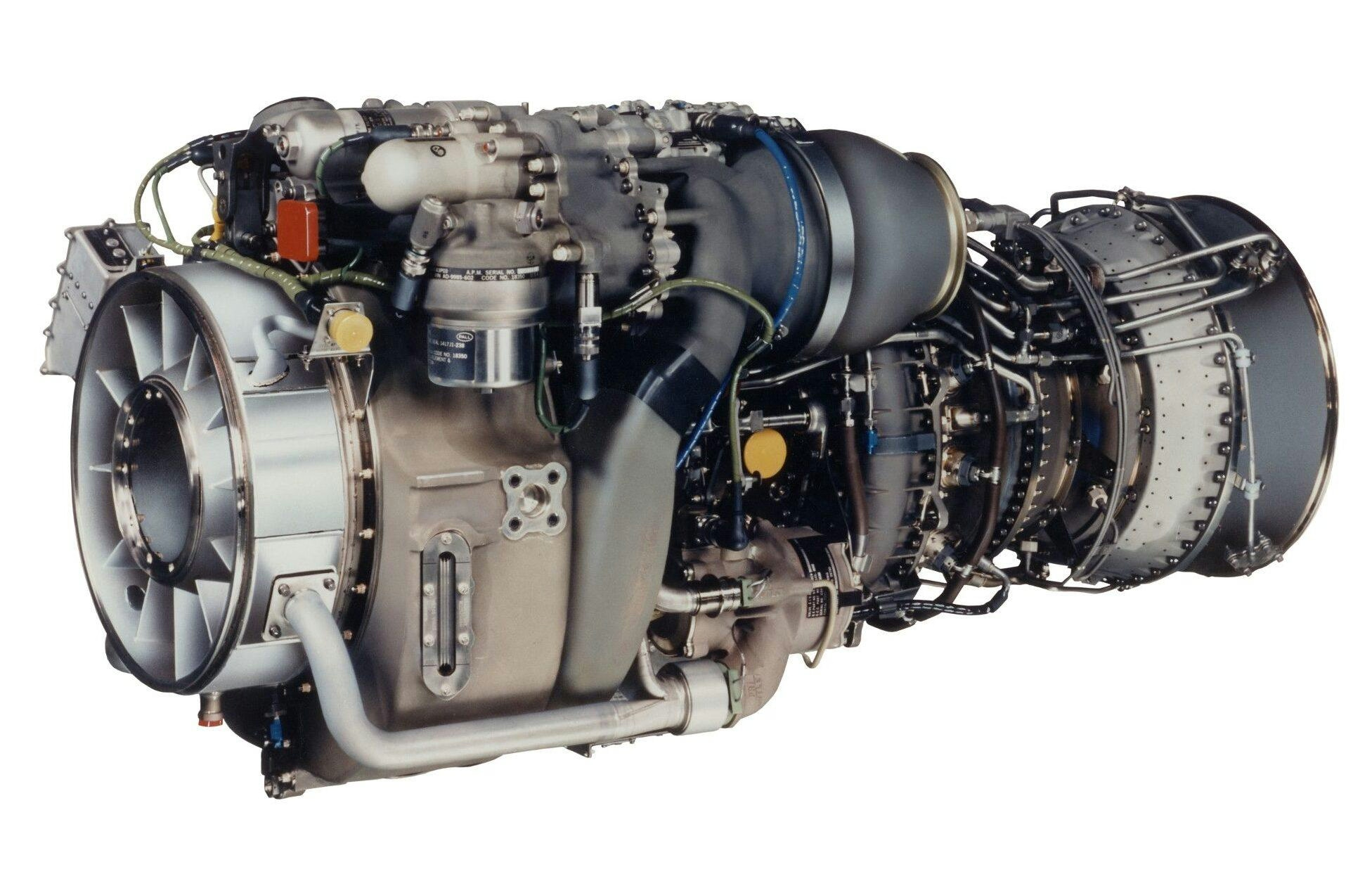
GE Aerospace and WZL-2 Sign MOU to Develop F110 Engine Maintenance in Poland
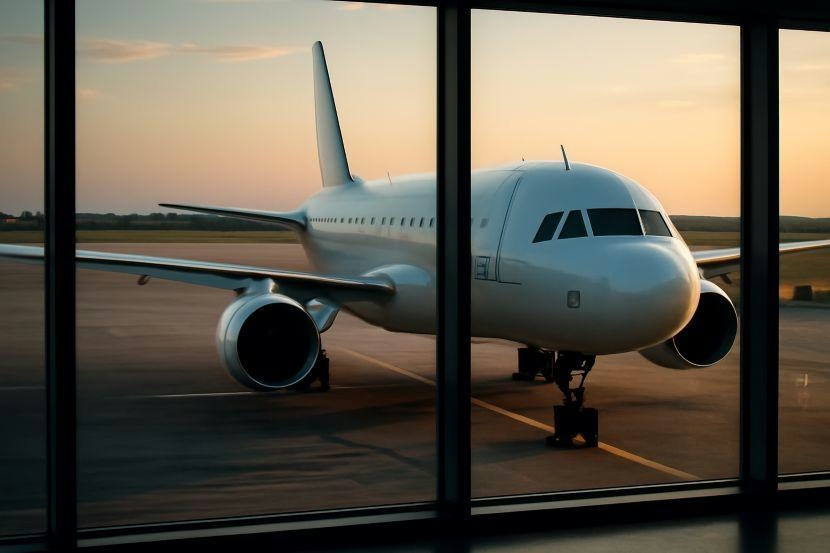
AerCap Report Highlights Tourism’s Role in Aviation Leasing Recovery
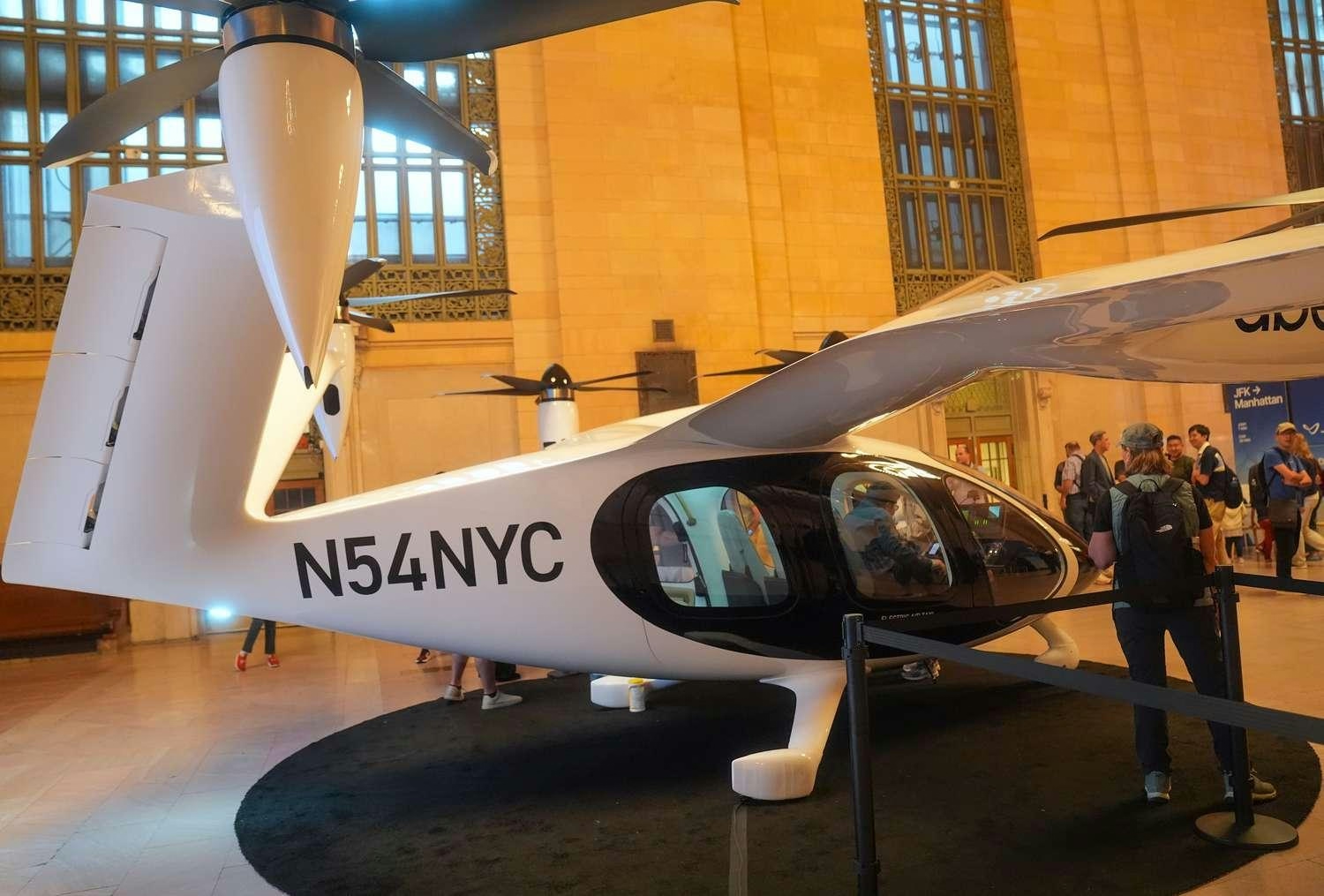
Joby Aviation Stock Rises Following NVIDIA Partnership on AI Development
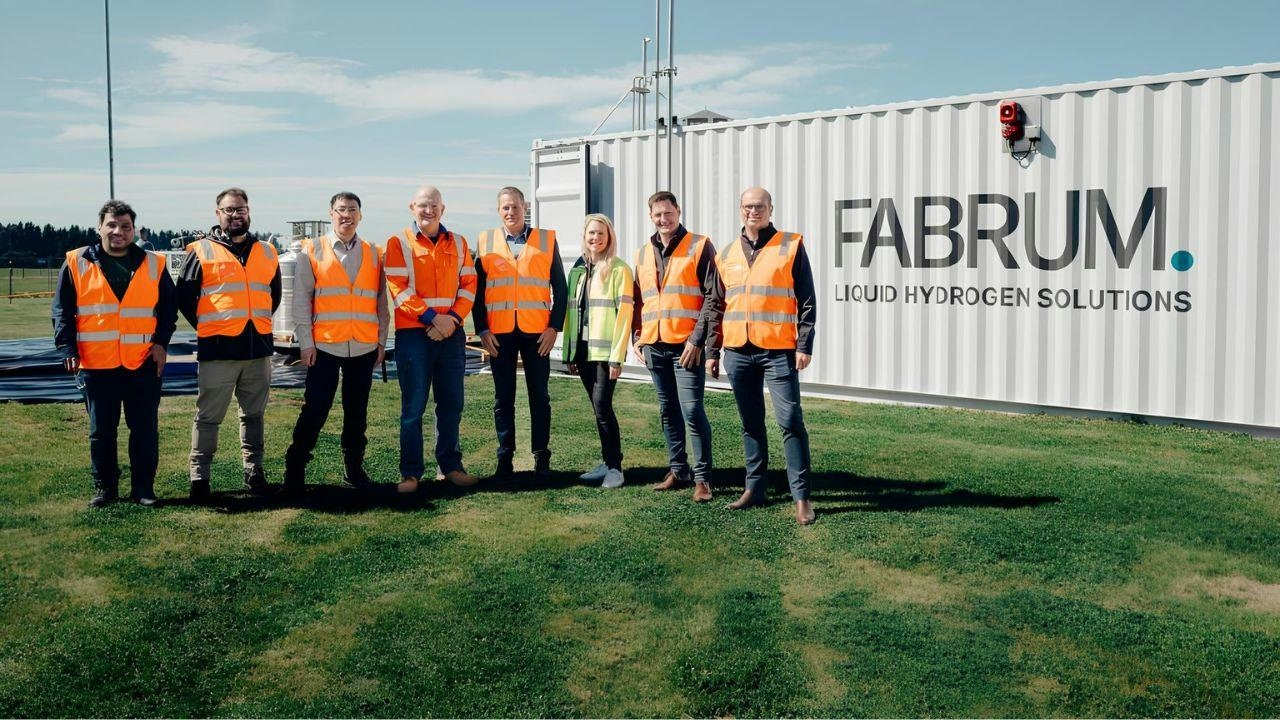
Australia and New Zealand Launch Hydrogen Refueling at Airport to Advance Sustainable Aviation

Emirates Leads Global Aviation Awards for Service and Passenger Experience
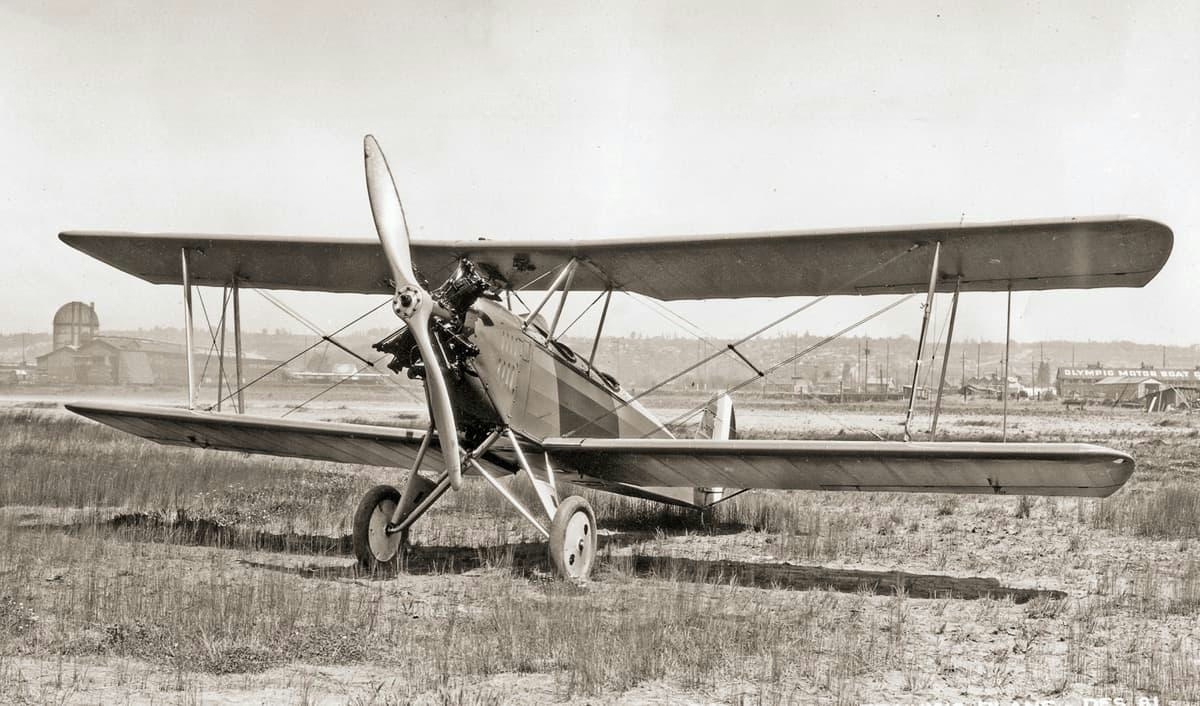
Boeing Model 81 Trainer Swaps Engines
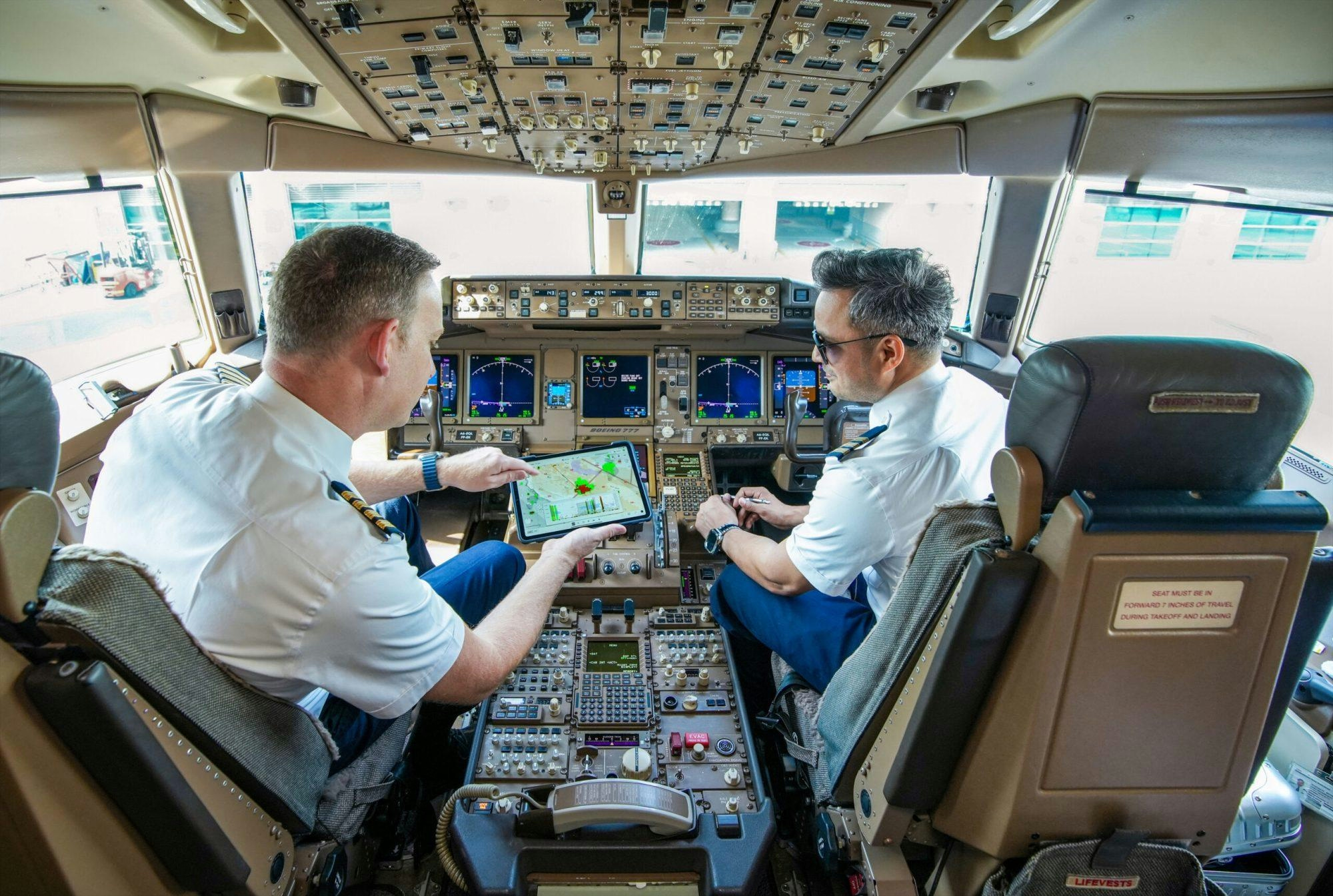
How Business Aircraft Technology Is Mitigating Air Turbulence
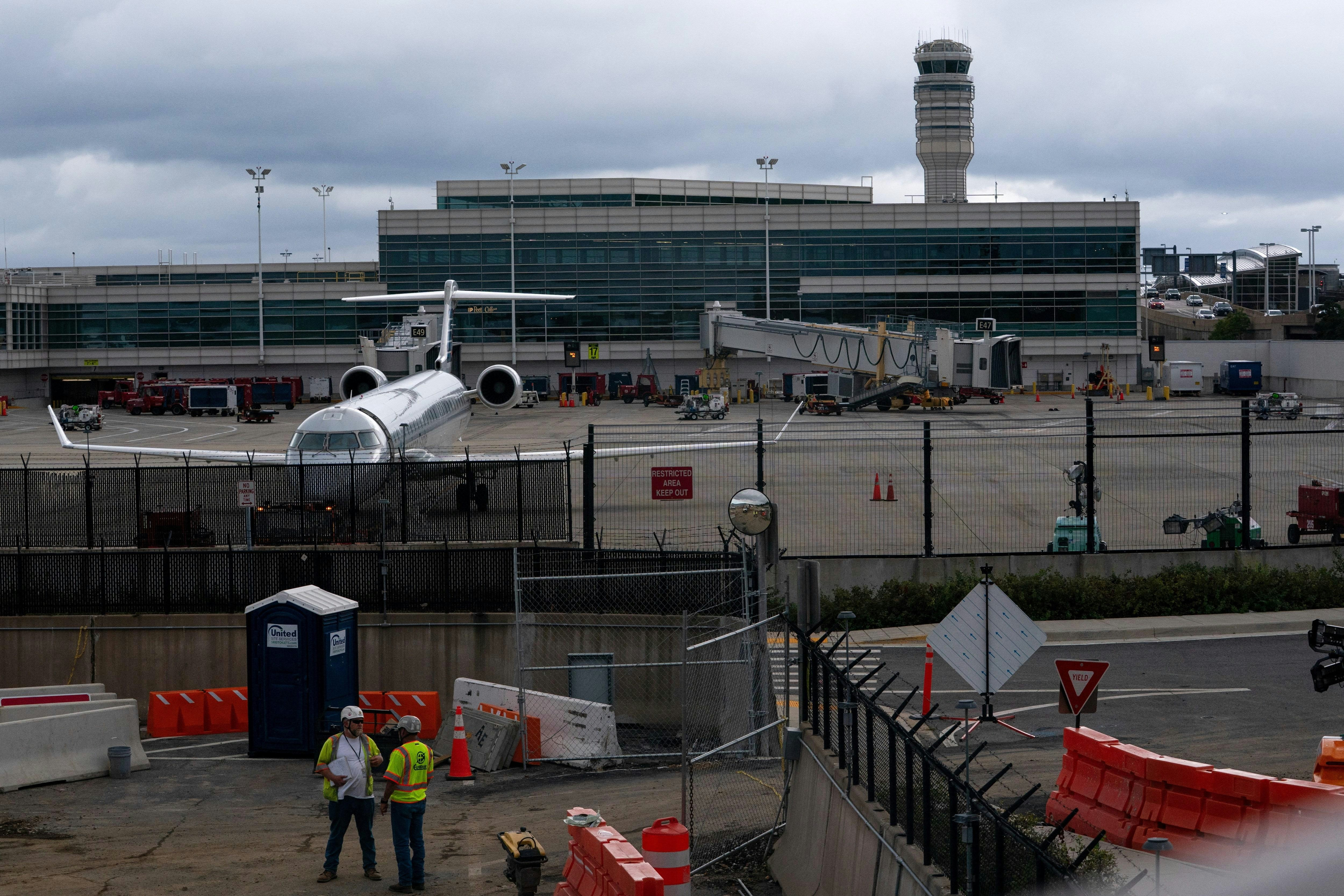
AI Unsuitable for Air Traffic Control, Experts Warn
